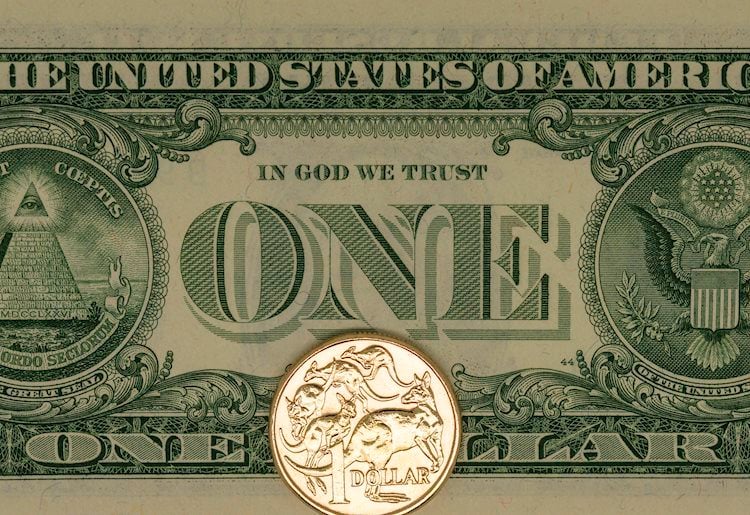- AUD/USD has reversed kneejerk losses in wake of US inflation data and is now in the green above 0.7380.
- US medium-term inflation expectations have shot higher, calling the Fed’s dovish stance into question.
AUD/USD saw a kneejerk move lower in wake of the latest US Consumer Price Inflation (CPI) report, which showed price pressures were much higher than expected in the US in October. The pair initially dropped from the 0.7360s to as lows as 0.7340. However, in the subsequent minutes, the pair has seen a more than 40-pip recovery to fresh session highs in the 0.7380s, where it currently trades higher on the day by about 0.15%.
That could is likely because in response to the latest US inflation numbers, which seem to have triggered fears that the Fed is going to let inflation get out of control, the demand for inflation protection in US markets has surged. The US 5-year TIPS yield (a bond which offers inflation protection) has tanked 10bps on the day to its lowest levels since early August under -1.9%. Thus, the decline in US real yields is seemingly helping AUD/USD as it pushes real rate differentials in favour of AUD.
US inflation expectations becoming de-anchored
Nominal (as in, not inflation-protected) US 5-year bond yields have surged 8bps to above 1.15%. That implies a roughly 18bps rise in US 5-year break-even inflation expectations on the day to, as calculated by subtracting the 5-year TIPS (real) yield from the 5-year nominal yield. Indeed, according to Reuters market data, 5-year US breakevens are currently at 3.14%, their highest since the 5-year TIPS began trading (and the breakeven could start to be calculated) in 2004.
Surging medium-term US inflation expectations to levels well beyond the Fed’s 2.0% inflation seriously undermine the Fed’s current stance that inflationary pressures are “transitory” and set to fade in Q2/3 2022 and that, therefore, the bank patiently hold interest rates at close to zero as it waits for a full labour market recovery. In response to the data, USD STIR markets have been aggressively upping bets for Fed rate hikes in 2022; December 2022 eurodollar futures have dropped 12bps on the day from 99.25 (less than 60bps of implied policy tightening by the end of 2022) to 99.12 (more than 70bps of implied tightening by the end of 2022).
The fact that the US dollar is not strengthening on these hawkish Fed bets may reflect expectations that the Fed will respond to inflation too late and thus not be able to bring inflation back to the bank’s 2.0% target in the medium term. That erodes the real value of USDs versus other currencies where inflation isn’t as high and also keep’s US real yields suppressed.
